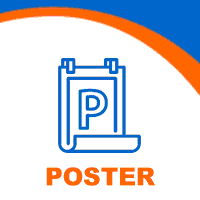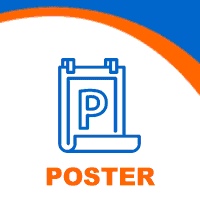Copyright © 2025 J-STAR Research, Inc., a subsidiary of Porton Pharma Solutions, Ltd. All rights reserved.
This website contains information intended for a broad audience and may include details or information which are not accessible or valid in your country. We accept no responsibility for information which may not comply with legal processes, regulations, registration, or usage in your country of origin.







